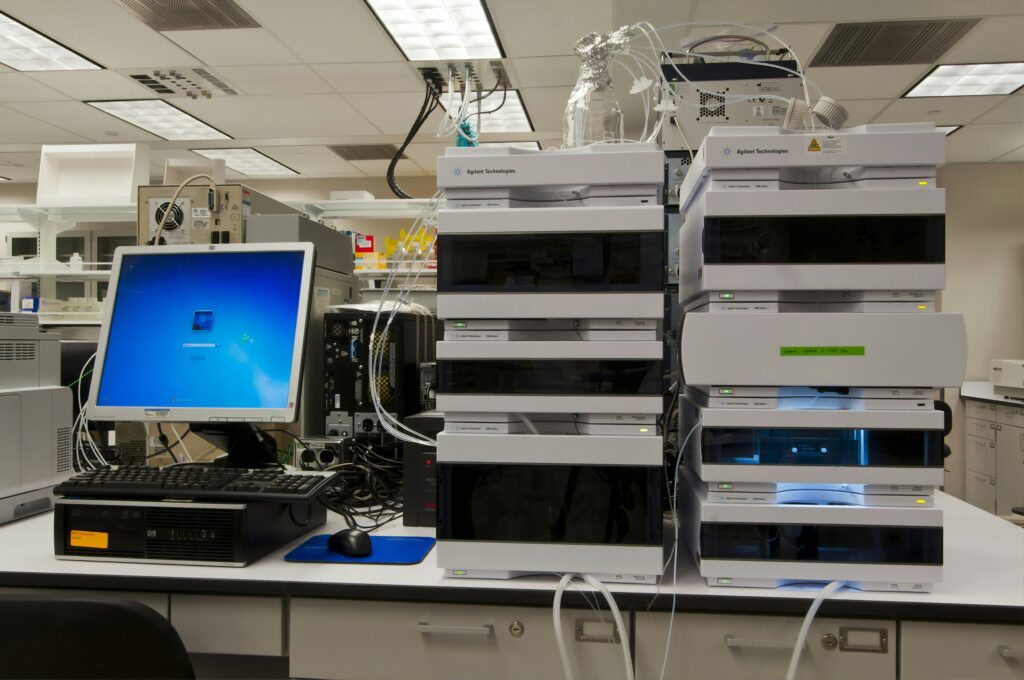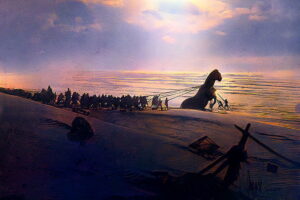
Hoboken, N.J., July 14, 2025 — In a groundbreaking development, quantum networking is poised to revolutionize both terrestrial and extraterrestrial communication. This rapidly advancing technology promises a global quantum internet capable of deploying secure communication at scale and connecting quantum computers worldwide. Now, a new study suggests that the potential of quantum networks extends beyond communication, offering unprecedented insights into the fundamental nature of space-time.
The research, a collaboration between Igor Pikovski of Stevens Institute of Technology, Jacob Covey of the University of Illinois at Urbana-Champaign, and Johannes Borregaard of Harvard University, reveals that quantum networks can probe the effects of curved space-time on quantum theory. Published in the journal PRX Quantum, their paper titled “Probing Curved Spacetime with a Distributed Atomic Processor Clock” marks the first experimental test of this kind.
Quantum Mechanics Meets Einstein’s Universe
Quantum physics has consistently passed rigorous testing, yet its interaction with Einstein’s general relativity remains less understood. In Einstein’s framework, gravity is not a force but a consequence of the curvature of space and time, leading to phenomena like time dilation near massive objects. While these effects have been confirmed with high precision, the impact of curved space-time on quantum mechanics is still an open question.
In a previous study, “Testing Quantum Theory on Curved Spacetime with Quantum Networks,” published in Physical Review Research, Pikovski and Borregaard demonstrated the feasibility of exploring these questions experimentally. They highlighted how quantum superpositions—where matter exists in multiple states simultaneously—interact with the variable flow of time in curved space-time. This interaction allows quantum networks to test the interplay between quantum mechanics and gravity.
Unlocking New Frontiers with Quantum Networks
“The interplay between quantum theory and gravity is one of the most challenging problems in physics today, but also fascinating,” states Igor Pikovski, Geoffrey S. Inman Junior Professor at Stevens Institute of Technology. “Quantum networks will help us test this interplay for the first time in actual experiments.”
Collaborating with Covey’s laboratory, Pikovski and Borregaard devised a protocol to distribute quantum effects across network nodes using entangled W-states. By leveraging advanced quantum capabilities like quantum teleportation and entangled Bell-pairs, they aim to test quantum theory on curved space-time.
“We assume that quantum theory holds everywhere — but we really don’t know if this is true,” says Pikovski. “It might be that gravity changes how quantum mechanics works. In fact, some theories suggest such modifications, and quantum technology will be able to test that.”
Implications for the Future of Physics and Technology
The findings by Pikovski, Covey, and Borregaard underscore that quantum networks are not only instrumental for a future quantum internet but also offer unique opportunities to study fundamental physics beyond the reach of classical methods. At the very least, they enable a new class of experiments probing how quantum mechanics operates in the presence of curved space-time.
Stevens Institute of Technology, where Pikovski is based, continues to be at the forefront of technological innovation. Founded in 1870 and located in Hoboken, New Jersey, Stevens is a premier private research university known for its interdisciplinary approach to education and research. The institution’s commitment to advancing the frontiers of science and leveraging technology to tackle global challenges is evident in its consistent ranking among the nation’s leaders in career services and post-graduation success.
As quantum networks continue to evolve, they hold the promise of not only transforming communication but also deepening our understanding of the universe’s most profound mysteries. The intersection of quantum mechanics and general relativity remains one of the most tantalizing frontiers in physics, and these pioneering experiments are set to illuminate the path forward.







